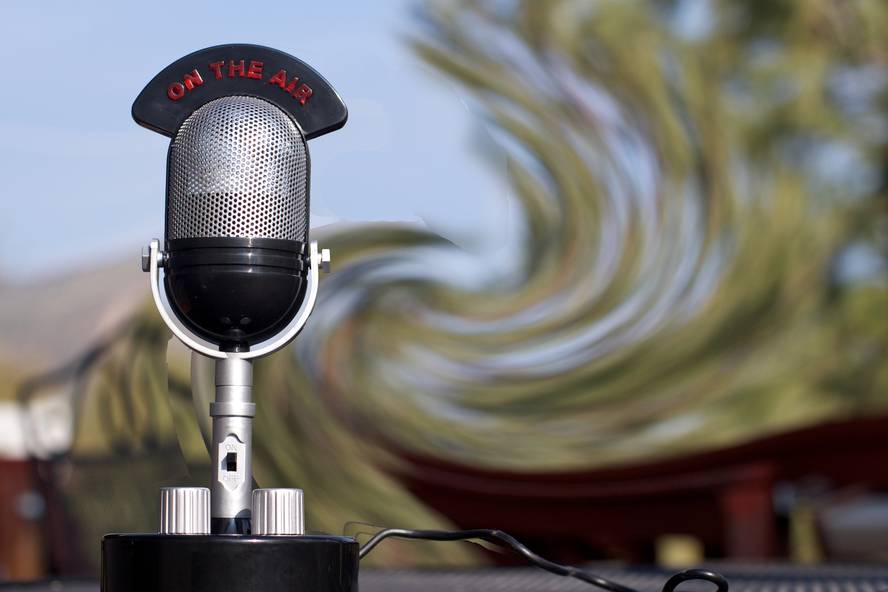Wave twisting and broadband
The twisting of radio frequency waves increases the bandwidth in telecommunications. Their difficulty lies in the emission and reception of the waves, as they must rotate as they are emitted, and their detection requires an antenna system. Some Swedish and Italian physicists have achieved this effect between two distant points seven meters.
This research has some background. On the one hand, physicists have used twisted light in nanotechnology 20 years ago; tiny objects are manipulated with that light. On the other hand, the physicists of this study have managed to detect broken radio frequencies. They are astronomers at the Institute of Space Physics of Uppsala and the University of Padua, and last year they published a method to detect the turn caused by black holes in radio waves. Passing the radiation produced by distant stars next to a black hole twists, and detecting this deformation accurately provides a lot of information about the black hole.
In current research, the team has proposed taking advantage of this shift in the field of telecommunications, which may include additional information in the broadcast, i.e. new channels or greater bandwidth. It is estimated that the information encoded in these waves can be multiplied by nine. However, the researchers themselves claim that it will be less, in real conditions, because atmospheric turbulence also influences the phase and amplitude of radio waves. In addition, there are practical difficulties in adapting current antenna systems and electronic devices to torsional waves. However, the group believes that mobile phones, for example, will be able to use this technology within five years.







